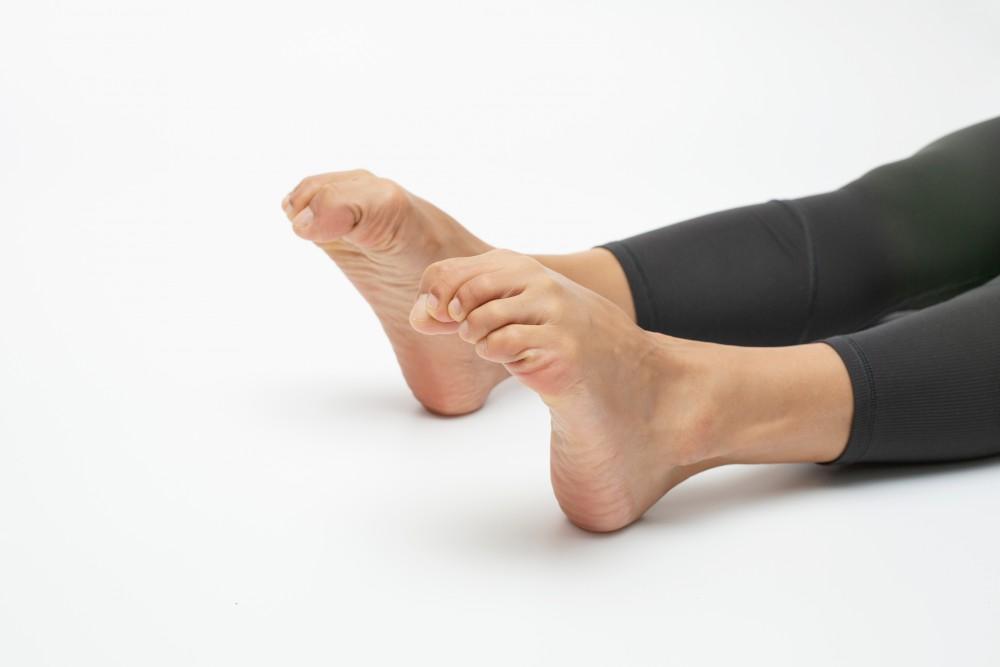
At-Home Tips for Recovering From a Shoulder Dislocation

Shoulder dislocations are painful, typically occurring after injuries sustained in falls, car accidents, or sports participation. In most cases, you’ll seek immediate medical attention to ease the pain and restore shoulder mobility, but you still have a recovery period ahead.
At Bahri Orthopedics & Sports Medicine, we’re well-versed in shoulder anatomy. It’s the most complex and flexible joint in the body, so you’ll benefit from our expertise with shoulder pain.
These at-home tips for recovering from a shoulder dislocation can also benefit you from informed self-care. We’ve prepared these suggestions to start the conversation. Give priority to the after-care suggestions from our surgeons and staff to match care to your specific injury.
What happens during a shoulder dislocation
Since the shoulder is fundamentally a ball-and-socket joint, its extended flexibility depends on a shallow socket permitting maximum arm rotation. Stability comes from a soft tissue structure called the rotator cuff, which is composed of ligaments, muscles, and tendons.
When the bones of the shoulder dislocate, damage to any of these soft tissues can occur in the form of sprains, strains, and tears. The first priority of medical treatment is usually closed reduction, the manual manipulation of repositioning the bones of the shoulder joint into the correct orientation.
Closed reduction usually reduces pain immediately while restoring the potential for normal shoulder movement. However, soft tissue injuries need healing time and may require further medical care.
At-home recovery tips
Once your shoulder is back in position, the next-stage treatment goals include immobilizing the shoulder to ensure the best conditions for healing and control of inflammation. Your shoulder will continue to hurt, so pain management is also a consideration. Here’s what you need to know about self-care.
Immobilization
You’ll receive an immobilization device like a brace or sling to hold your shoulder close to your body. This relieves the burden of support from the damaged rotator cuff, giving these tissues time to heal. Wear this device according to the guidelines you’re given at the time of injury.
Usually, you’ll have a schedule of time in and out of the device, often accompanied by gentle exercises and movements to help your recovering tissue. Time out of the immobilizer increases as recovery progresses.
Inflammation control
Inflammation and swelling are natural body responses to injury and are part of the healing process, but excessive swelling causes pain. Icing your shoulder reduces inflammation, bringing pain relief.
Apply an ice pack thrice daily for 15 minutes to minimize swelling over the first 48 to 96 hours after your closed reduction. Wrap the ice pack in a towel or washcloth to prevent skin damage.
Pain management
Closed reduction tends to take the pain from severe to manageable quickly. After that, over-the-counter pain medications or muscle relaxants usually keep you comfortable. We can prescribe stronger medications if necessary.
Nonsteroidal anti-inflammatory drugs (NSAIDs) like ibuprofen and naproxen also help to control swelling, while acetaminophen controls pain only.
Resuming normal activities before your shoulder fully heals puts you at risk of repeated dislocations. At Bahri Orthopedics & Sports Medicine Clinic, we’ll monitor your progress, adding physical therapy as your shoulder strengthens, guiding you toward full recovery.
Contact us online or by phone to book appointments at our Jacksonville offices. The best care delivers the fastest healing, so schedule your visit today.
You Might Also Enjoy...


Fracture Care: Nonsurgical Options vs. Surgery

Am I a Good Candidate For Shoulder Replacement?

Staying Active With Knee Osteoarthritis: Our Top Tips

Struggling with Ankle Instability? Here's How to Avoid Future Sprains


